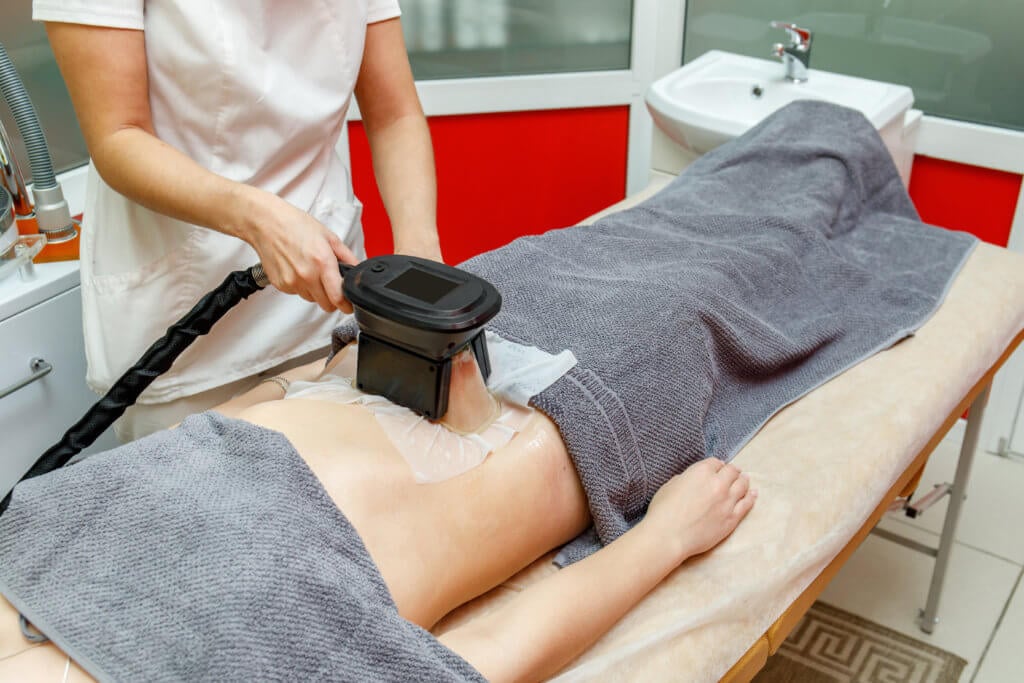Cosmetic procedures have been around for quite some time, providing a wide array of options that can help patients improve their body images. Some of these innovations built upon existing procedures, whereas others emerged as completely new options patients could choose from.
One element fat procedures of prior eras all shared is that they were invasive, used anesthesia, and required significant amounts of recovery time.
Due to this lack of treatment options, a group of researchers got together and tried to revolutionize the industry. These researchers shared the ambitious goal of inventing a procedure that was quicker and less invasive than traditional liposuction. After all, if there’s anything we know about the cosmetics world, it’s that patients want options.
Back to the topic of CoolSculptiung’s history, in 2005, a company called Juniper Medical Systems, which was later changed to ZELTIQ around 2007, was founded. Like others before it, this company aimed to revolutionize the fat-loss industry by developing a new procedure that would reduce risks and increase benefits for patients.
Two doctors, Dieter Manstein of Massachusetts General Hospital and Rox Anderson of Harvard Medical School, developed an early version of CoolSculpting around this time. It was still in the early stages, but a prototype was built and tried out on pigs in 2008. Ironically, the idea for the procedure came from the observation that kids who spent a significant amount of time eating popsicles could eventually develop dimples on their faces.

The early testing went great, and ZELTIQ was able to perform clinical trials for CoolSculpting later in 2008, resulting in the granting of an exclusive license to commercialize and further develop the procedure.
CoolSculpting first gained Food and Drug Administration (FDA) approval to treat the excess love handle in 2010. This approval was extended to the abdominal region in 2012, which is when ZELTIQ started focusing its strategies on developing new applicators to treat other body parts, such as the arms, back, thighs, and chin. These applicators proved highly successful, with a new procedure intended for the legs becoming approved in 2015, and several other areas following shortly.
So, it is fair to establish that while the idea behind CoolSculpting started around 2005, the procedure was first officially approved and released to the market in 2010. In almost every year after that, an upgraded tool has emerged to improve. These advancements helped to improve the overall CoolSculting patient experience and expand the various treatment areas available.

